Miriam Gershow is the author of Closer, Survival Tips: Stories, and The Local News, with fiction and nonfiction appearing in outlets such as The Georgia Review, Gulf Coast, and Salon. A recipient of fellowships and awards including a Wisconsin Institute for Creative Writing Fiction Fellowship and an Oregon Literary Fellowship, she holds an MFA from the University of Oregon, organizes the annual 100 Notable Small Press Books, and teaches fiction at the University of Oregon while living in Eugene, OR.
I started writing Closer in 2017, the year Trump first took office. I had to that point been a writer of domestic fiction, with a precise, exacting, often witty eye on the interplay between family members, friends, lovers. But those characters could have been floating through space and time geopolitically. As a white, middle class writer, I might have given them a white, middle class setting—suburban Detroit, Portland OR—but they were governed by no one, affected by nothing beyond the four walls of their homes or the windshields of their cars.
Broadening the Lens
One obligation I felt during those early days of Trump 1.0 was to broaden the lens of my fiction. I was still interested in the relationships between characters, but I made a conscious choice for their world to include our political system, setting it in the earliest days of the Trump campaign. Unconsciously—I am a writer who drafts without outline or plan—this expanded my focus in other, unexpected ways.
I found myself writing about a whole community, and one not unlike my own in Eugene, OR, predominantly white with a veneer of progressiveness. In Closer’s fictional Horace, OR, that veneer is tested when two white boys taunt a Black boy in the high school library. I was writing about middle class white characters, as usual, but one of my three point of view characters turned out to be Stefanie, a Black mother, and several characters had disabilities, including Stefanie’s oldest son, Nathan, a young adult with non-verbal autism. By the time I came up for air at the end of my super-secret first draft, a draft I wouldn’t show anyone and was only for me to figure out the story, I understood the job I’d written myself into: figuring out a way to write whole-heartedly, and accurately about groups I’m not a part of.
Listening and Learning
I found myself in a years-long process of listening. The controversy over American Dirt, in which a white-appearing author wrote about Latino culture to great publishing acclaim (including a nod from Oprah) and then backlash about her stereotypical depictions, happened just as I was diving into revision of Closer. I read everything I could from authors of color weighing in: Brandon Taylor, Miriam Gurba Serrano, Wendy Ortiz. It was Alexander Chee’s How to Unlearn Everything that I returned to again and again.
He challenges white writers to not seek permission from people of color to write about them, but instead live up to the responsibility of it. He asks three questions of us, of me: Why do you want to write from this character’s point of view? Why do you want to tell this story? Do you read writers from this community currently?
I let these questions guide my revision. I was committed to revising this story that included a whole community, with characters who largely resembled me and characters who very much did not. I had read Black writers, and Black women writers specifically, though I redoubled that effort through the year of revising. I reread all the Toni Morrison, Alice Walker, and Danielle Evans on my shelves, adding Tayari Jones, Brit Bennett, Nafissa Thompson-Spires, Oyinkan Braithwaite, and Danzy Senna. As a writer, reading my way into understanding was second nature, like someone prescribing an afternoon to myself with a journal and pen as a cure for what ails me.
Sensitivity Readers
When I was ready with a draft to show the world, I gave it to willing Black readers and readers of color in my life, who told me what I’d gotten right and what I’d gotten wrong. Sometimes this was a detail—Stefanie would not be able to “run her fingers through” her Black husband’s chest hair. Sometimes this was a recalibration of a scene—why isn’t she more upset at the first incident of her child being targeted it school? Their feedback guided future drafts.
I approached writing Nathan, a character with nonverbal autism similarly. Before I went back to school for an MFA in fiction, I’d spent my twenties in disability advocacy. As someone with depression since childhood, I was part of disability communities and, by the time I draft Closer, I had read my way through bookshelves of memoirs and nonfiction from people with disabilities.
But my disability background, both personally and professionally, didn’t mean I was expert in nonverbal autism. In fact, I knew next to nothing about the day-to-day reality of it. I reached out to folks I knew still in the advocacy world, who put me in touch over email with nonverbal autistic adults. Those conversations over the computer were illuminating and delightful. They shaped the arc of Nathan’s storyline and the end of the book.
When I’m writing, I try to immerse myself deeply into characters, leading with empathy to understand their world. This gets me far in creating complicated, believable characters on the page. Readers and reviewers tell me so. But there is also a requisite humility, especially when writing “the other.” The Buddhist idea of beginner’s mind is helpful here, even for a Jewish writer like me: being open to not knowing something and receptive to learning.
My Google search history is proof of my varied and prolific not-knowing. While I was writing Closer, there was a single day when I searched “Alaskan shore birds” and “cubist couches” and “truancy policies public high school.” Writers are used to not knowing. I am used to not knowing. When writing “the other” it was— and is—about humbly knowing what I don’t know and seeking the knowledge to get things right on the page.
Closer by Miriam Gershow
The peaceful college town in Horace, Oregon is disrupted when a group of white students harass a black student in the school library. The community is ruptured from the repercussions, including a struggling student, a school guidance counselor and a conflicted mother. Relationships between students, faculty and family alike are strained by the sudden threat of violence. Set during Trump’s rise in the candidacy in 2016, this novel explores themes of community, resilience, and reflection amidst societal changes.
Buy the book now: Bookshop.org | Amazon | Barnes & Noble

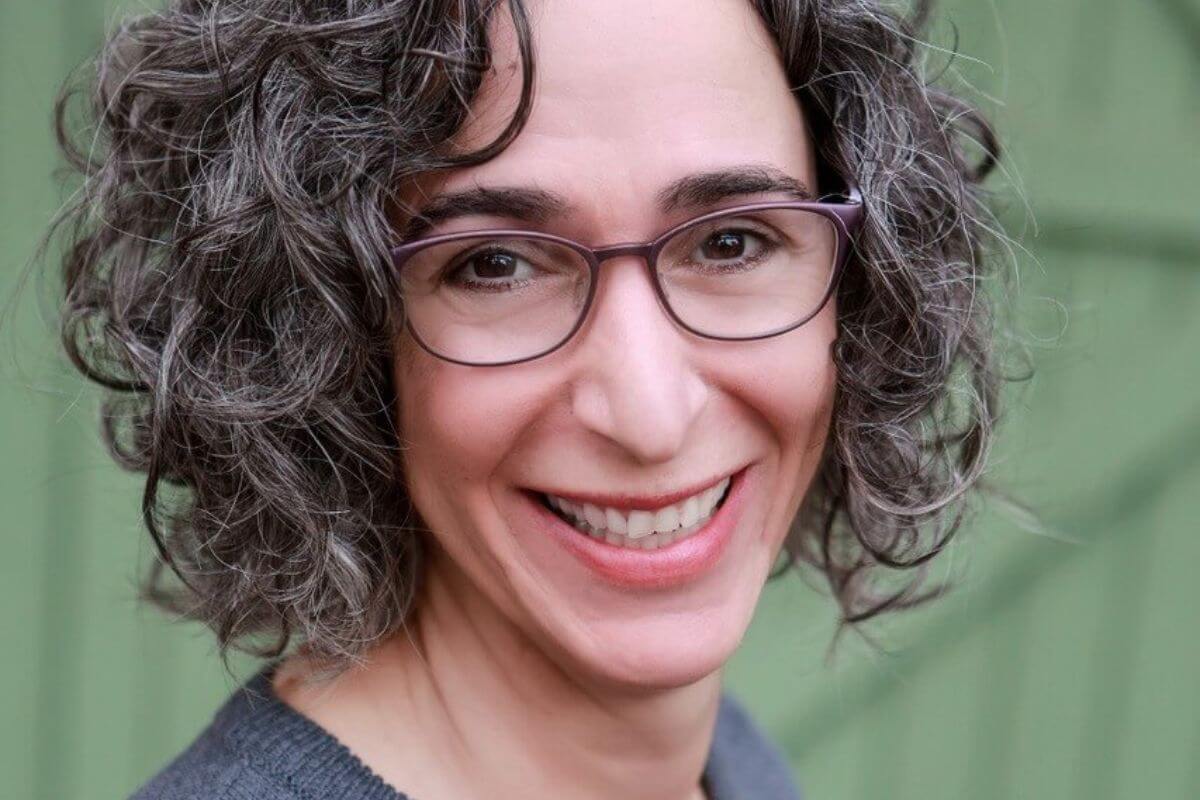
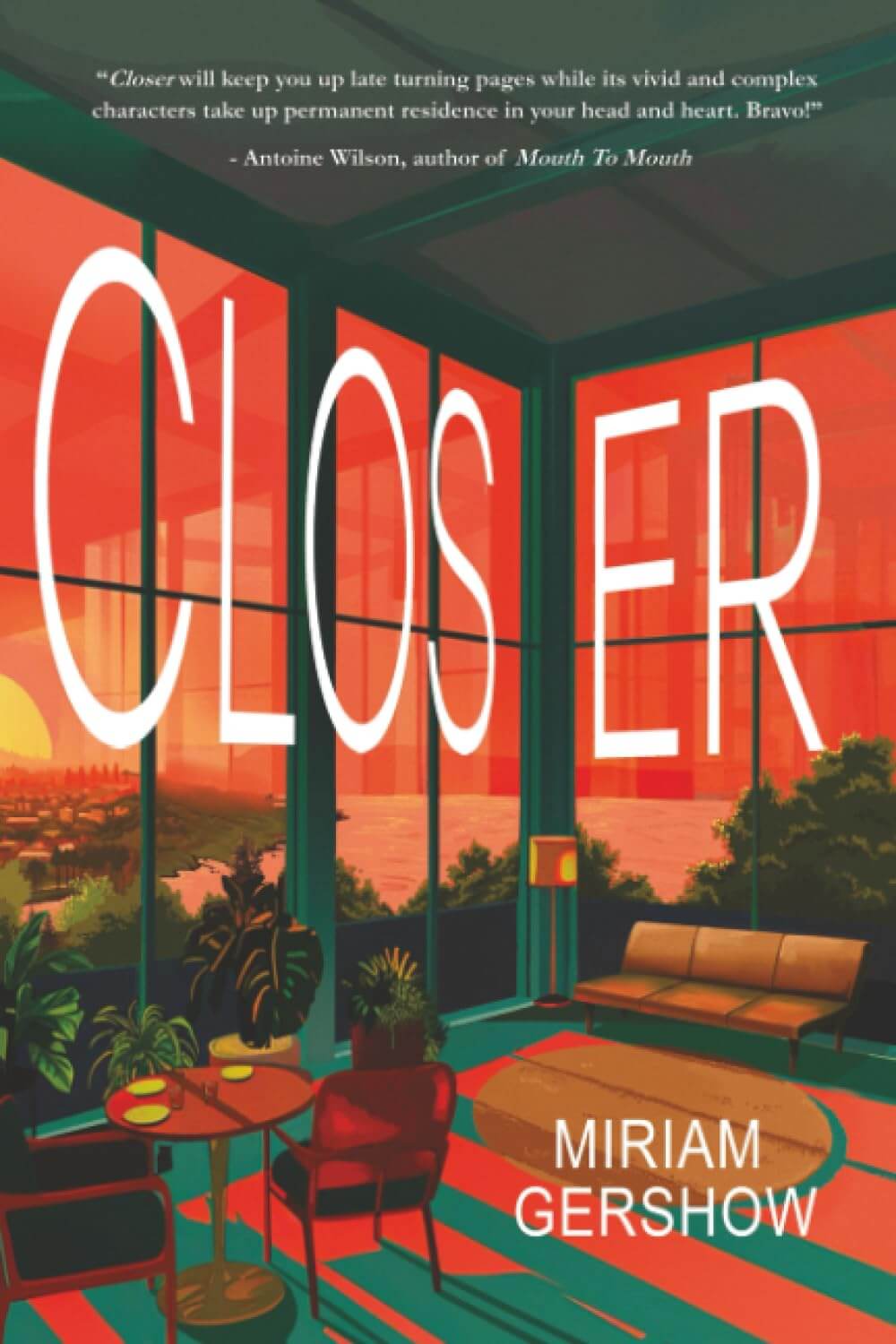

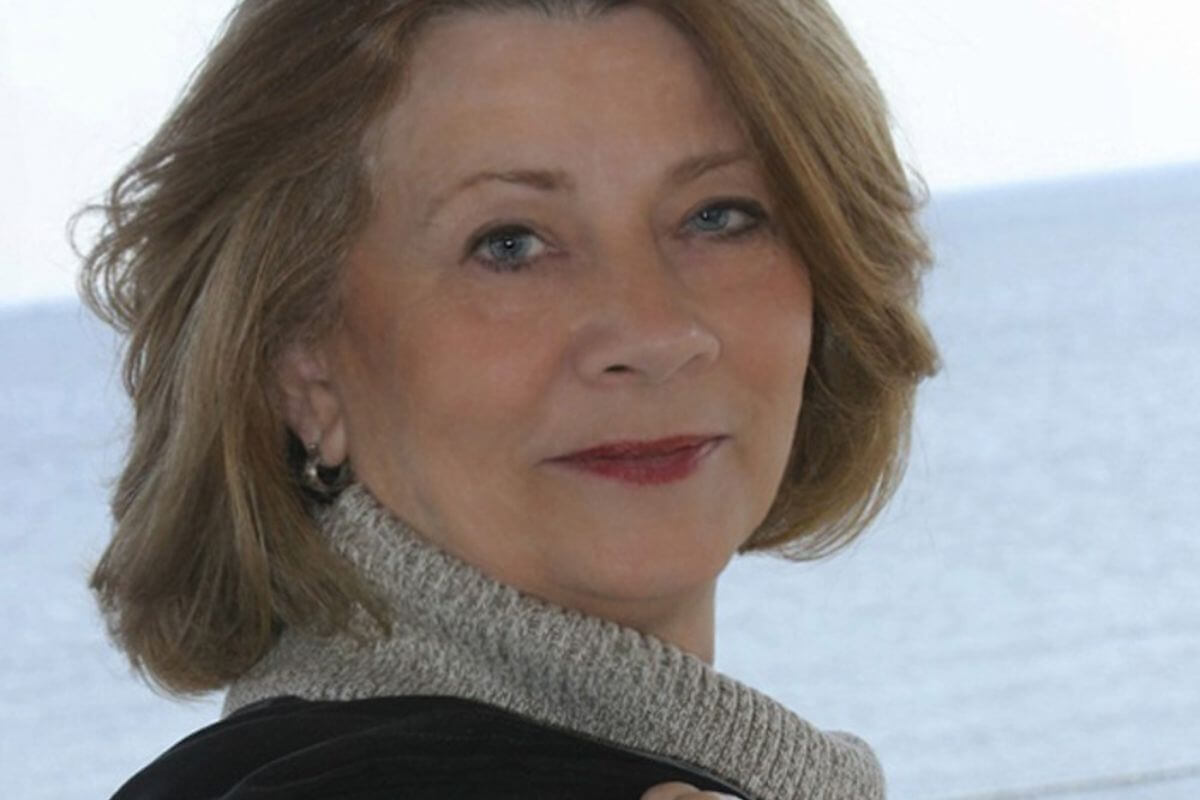

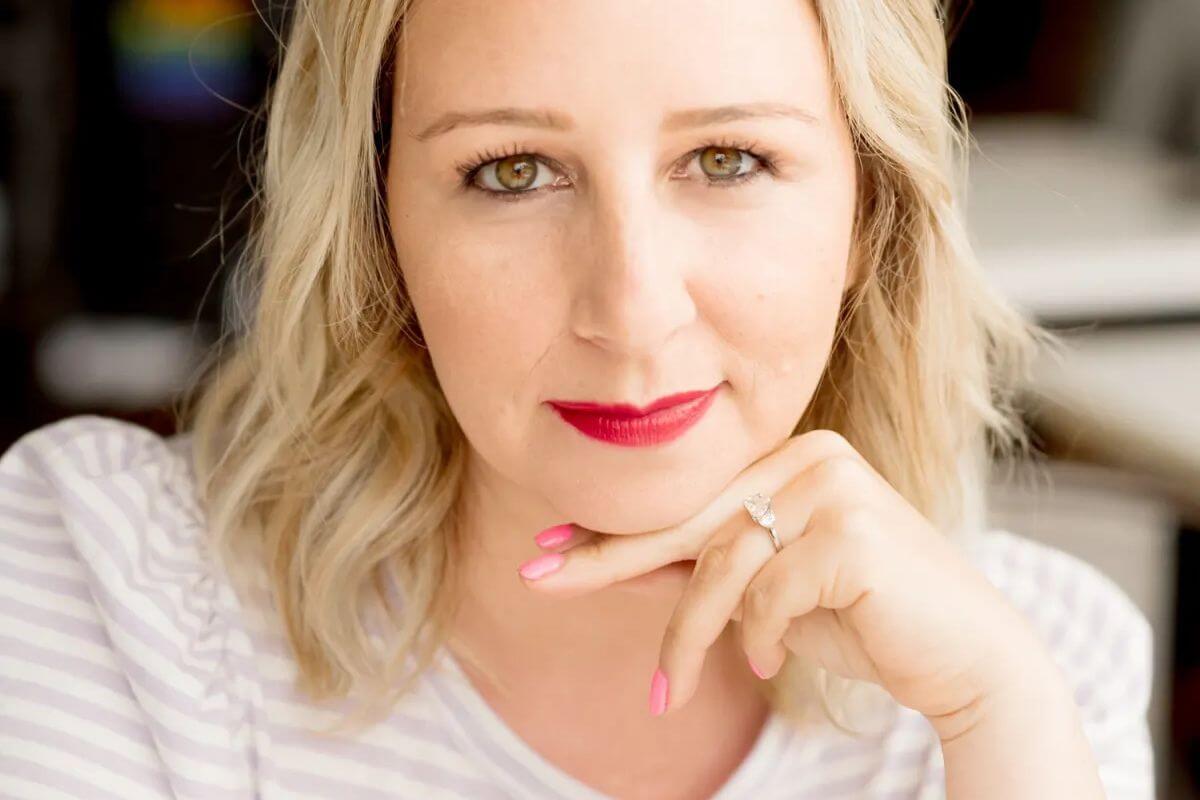
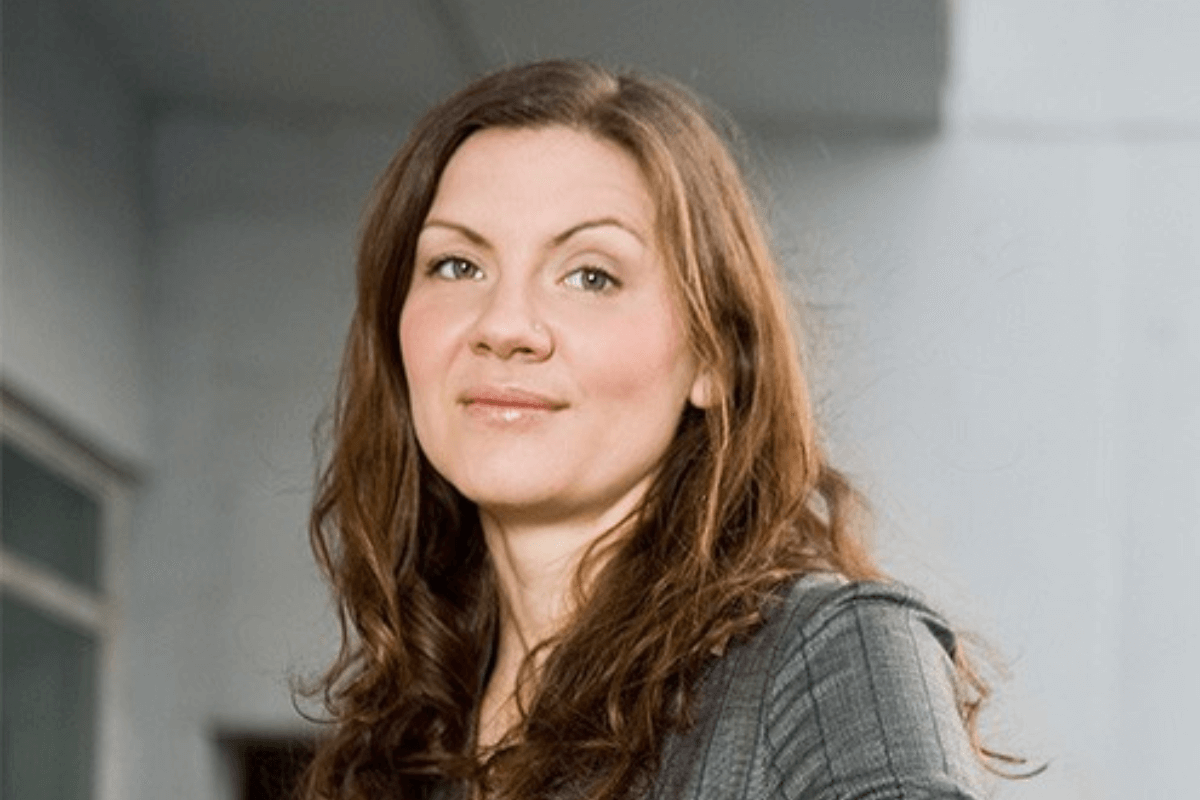
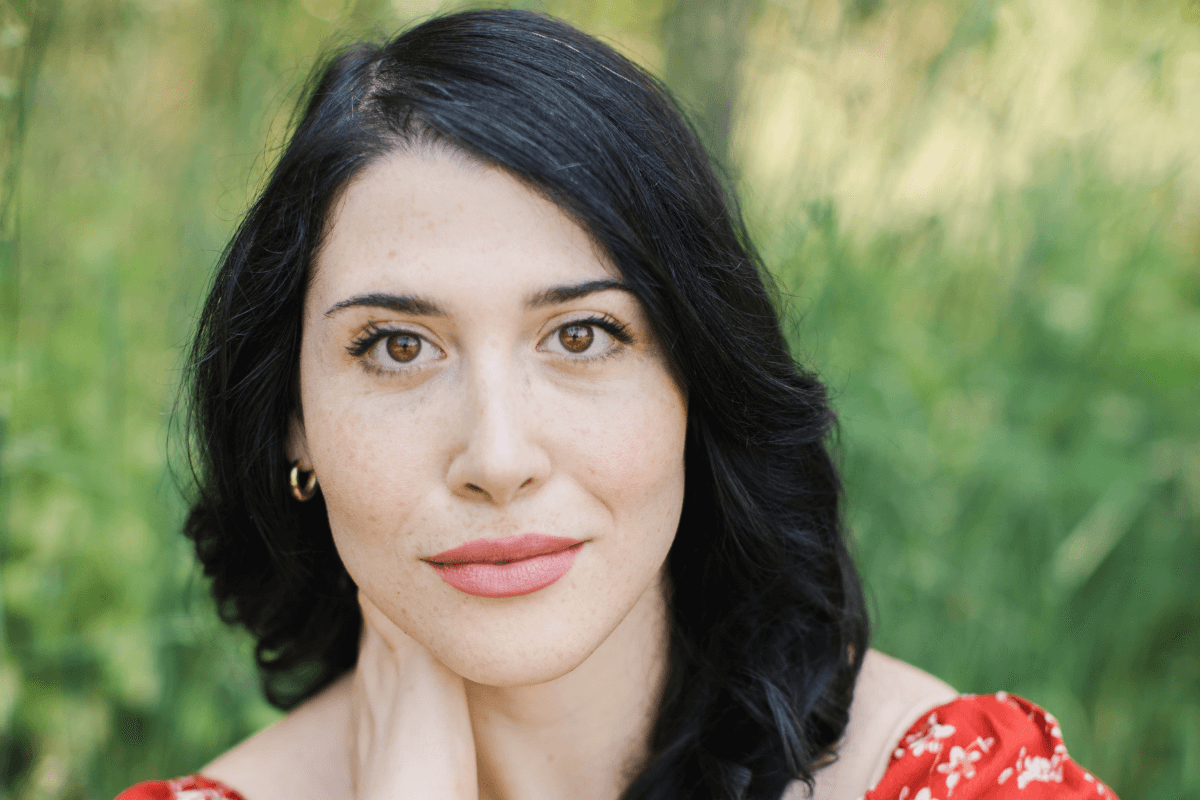
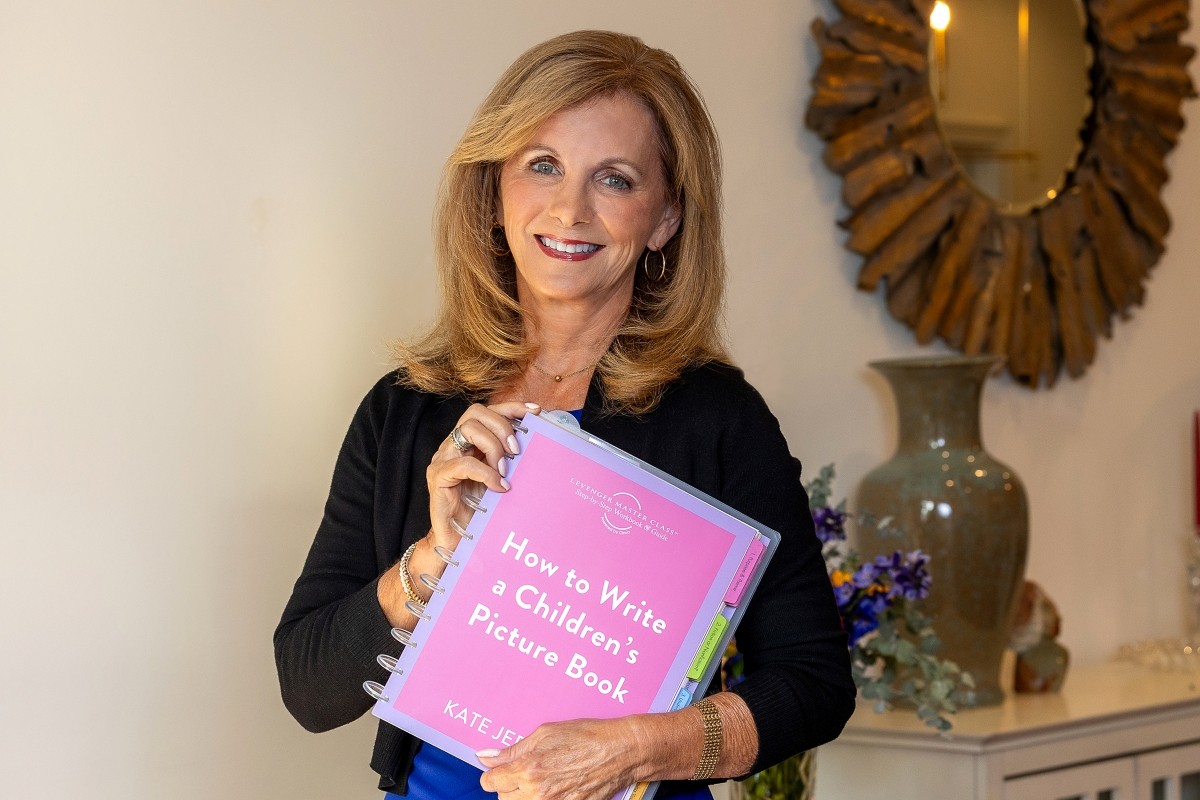
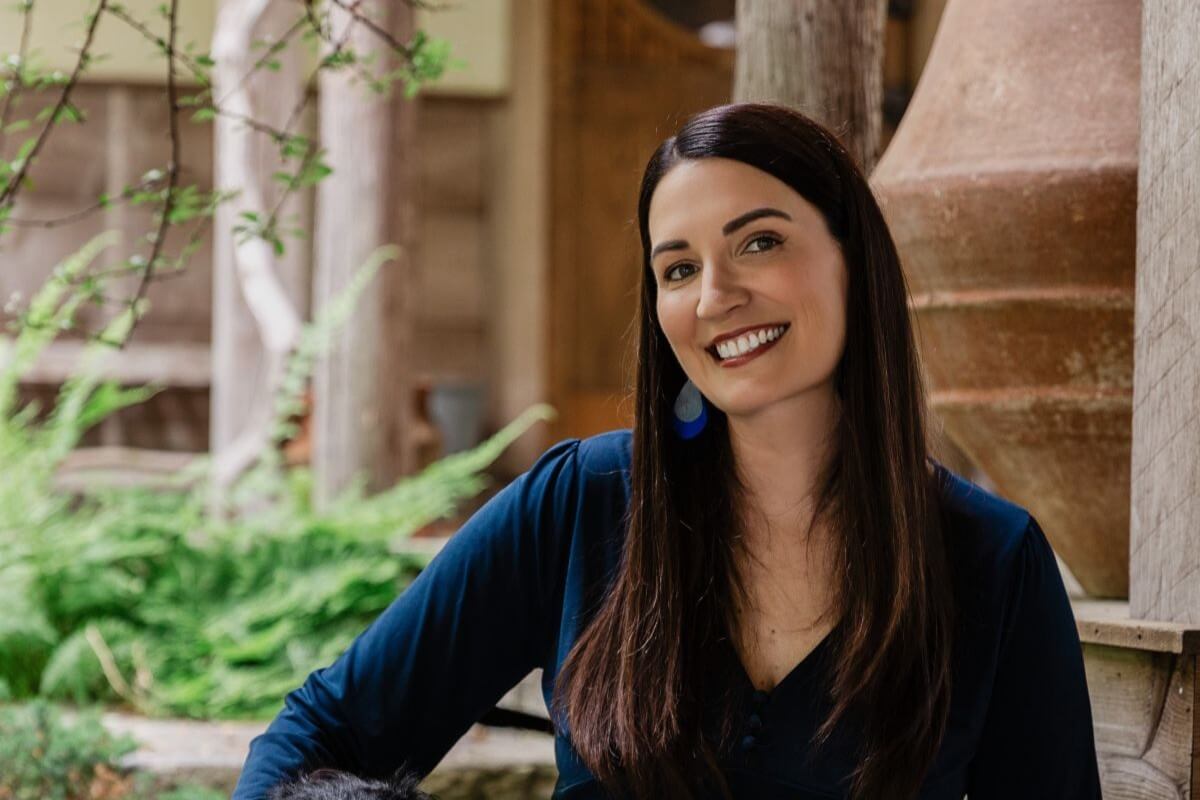
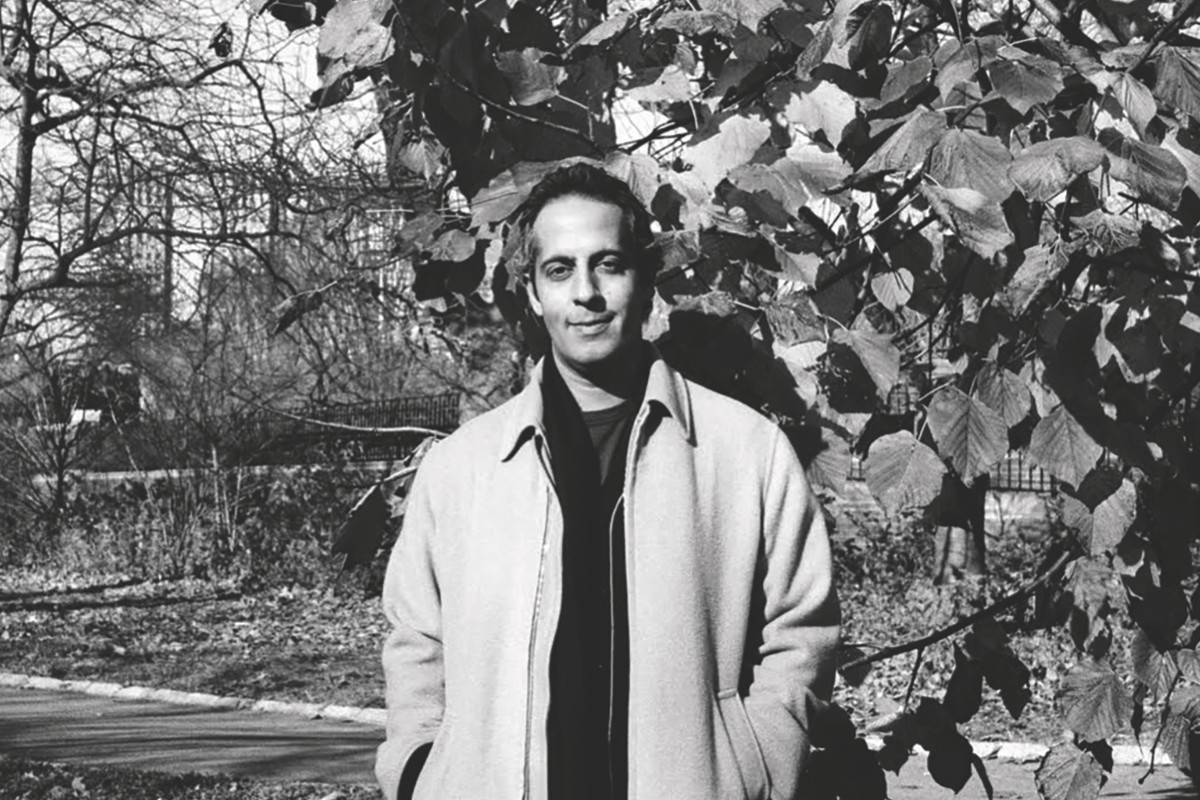
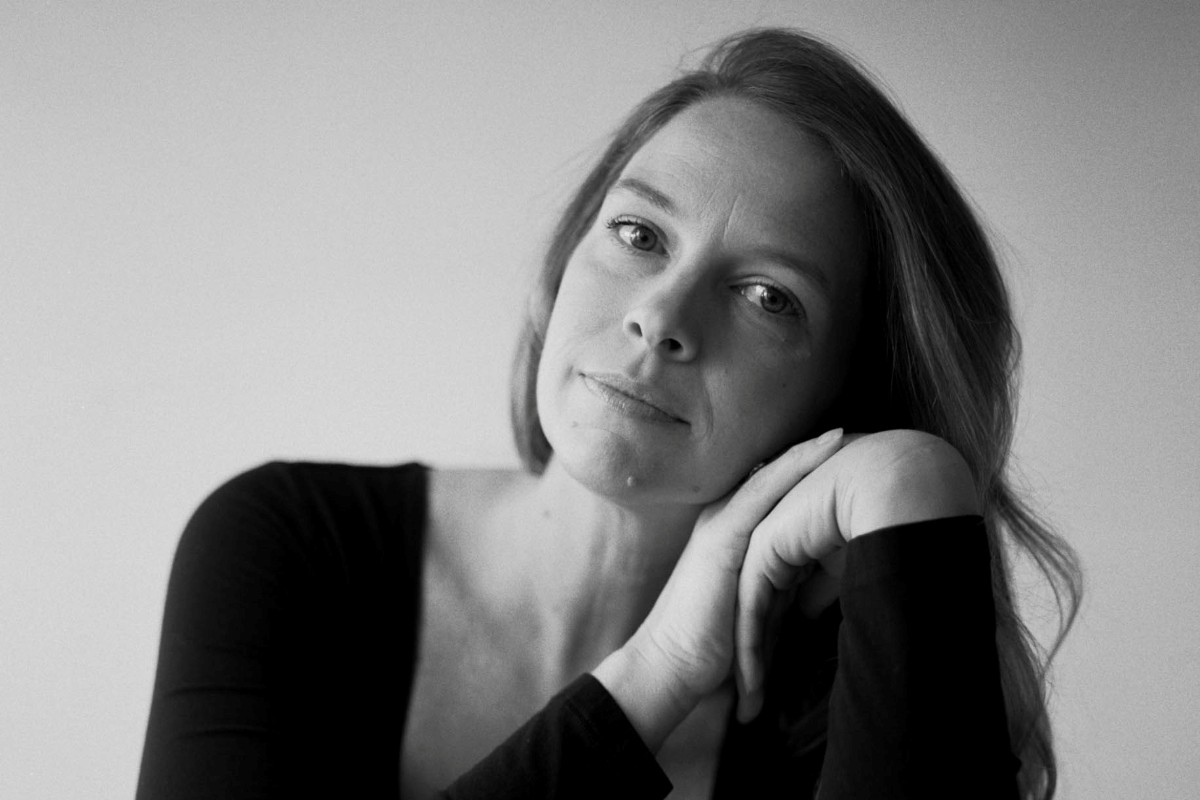
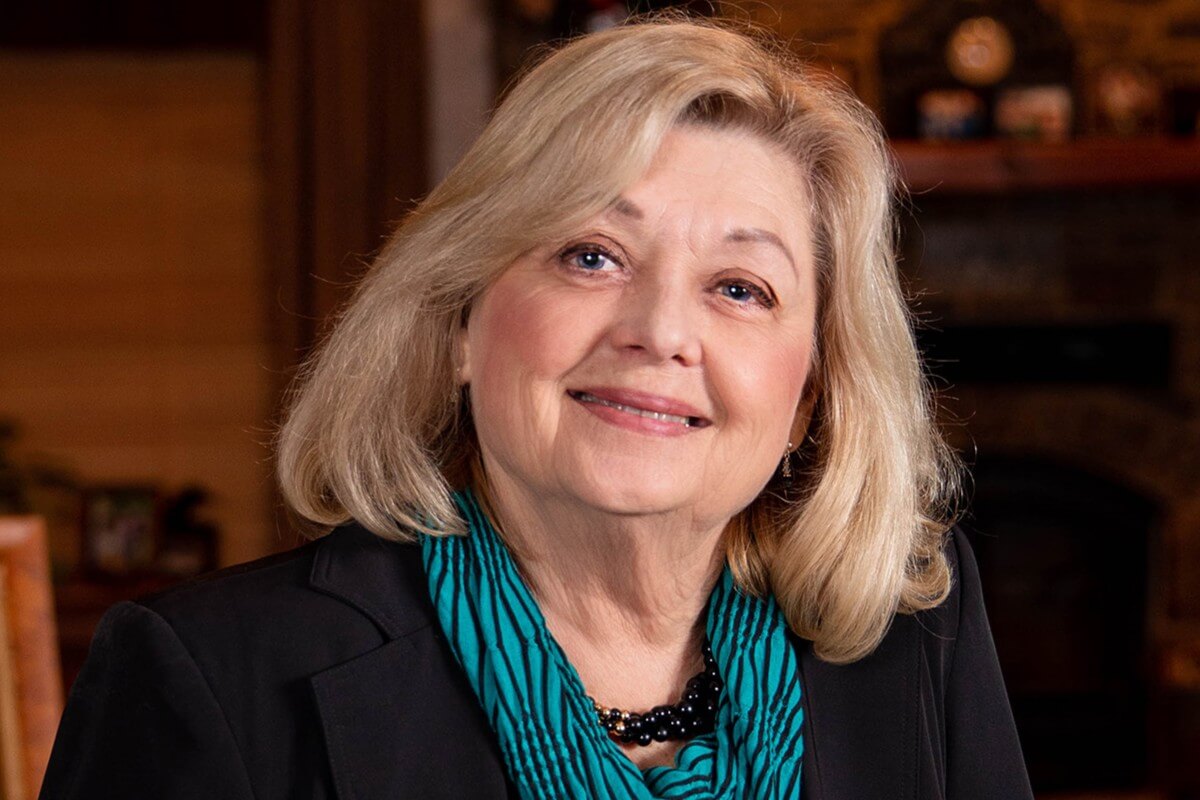
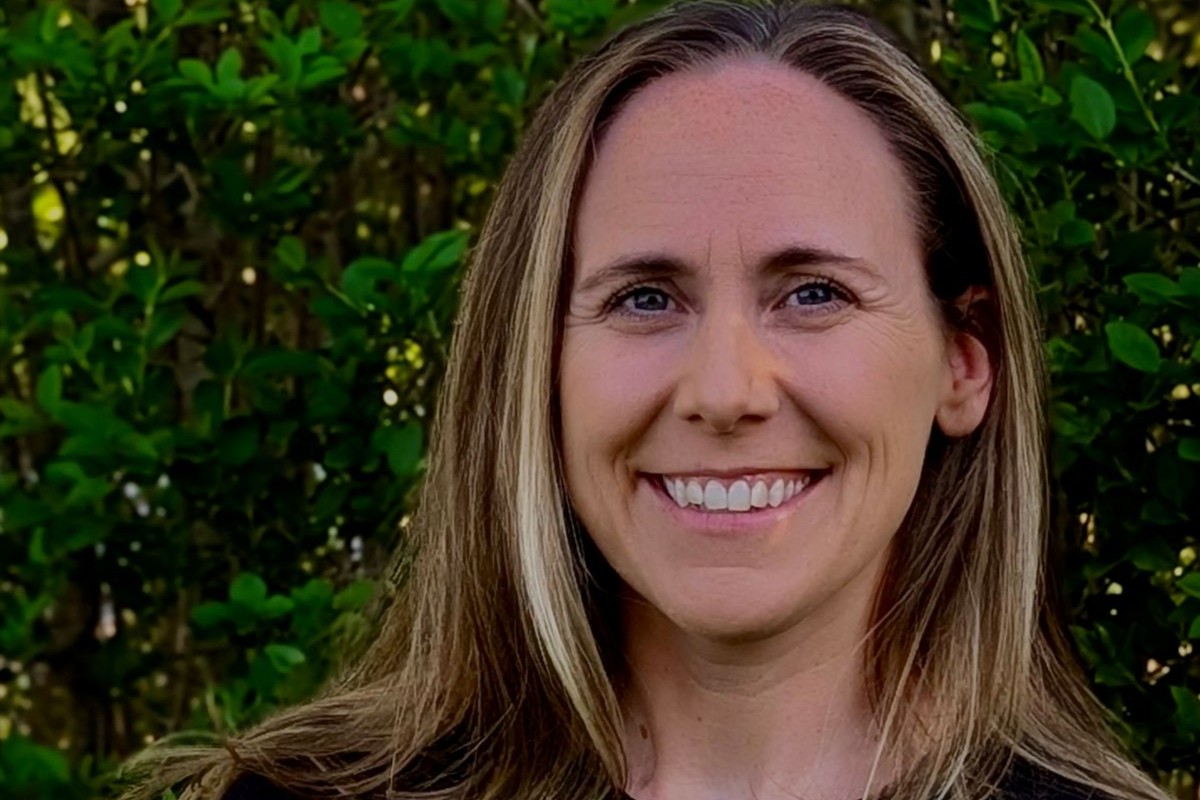
Leave A Comment